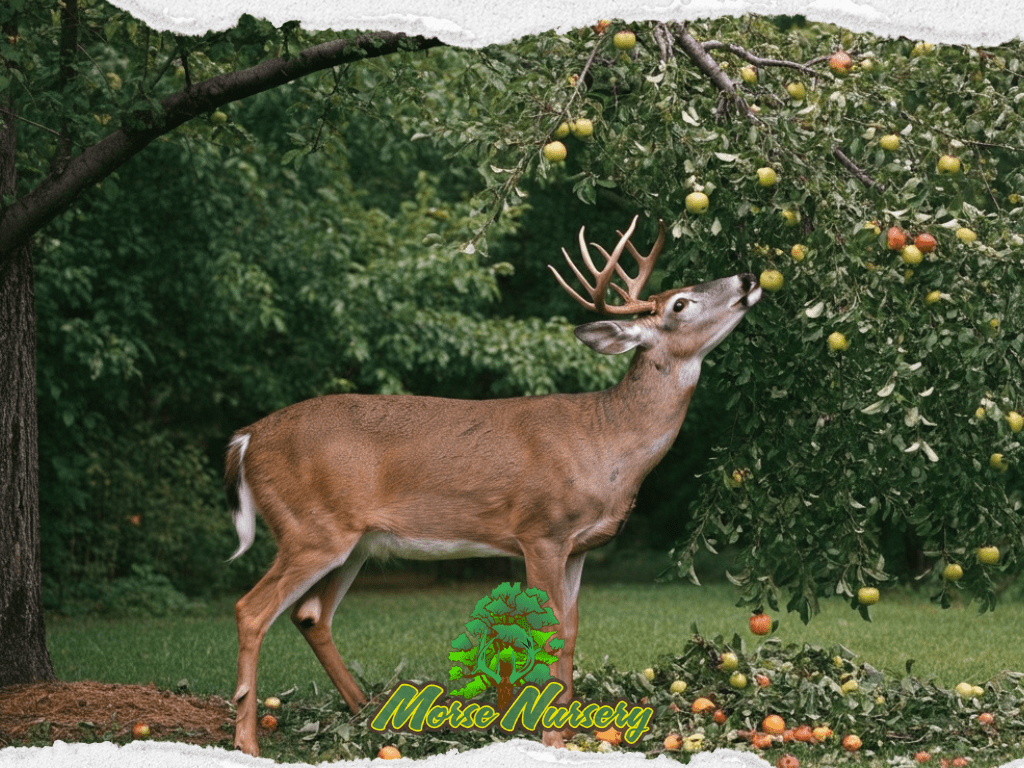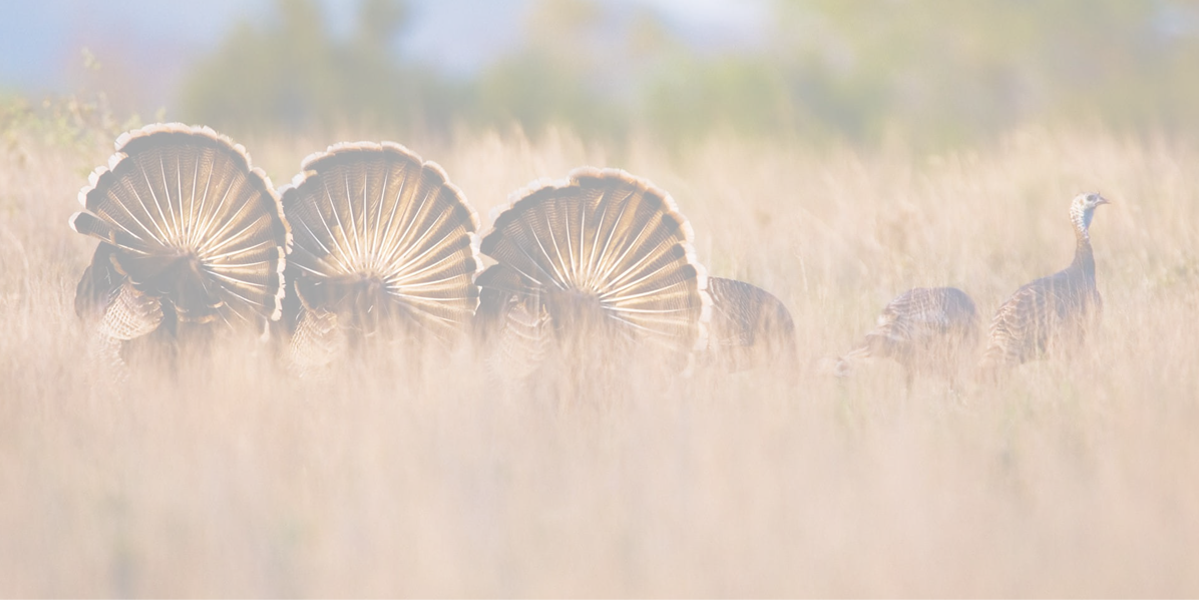The Significance of Using Genetically Selected Trees for Deer Hunting
For avid deer hunters, the pursuit of a trophy buck is an art form that requires patience, skill, and an understanding of the natural world. While traditional hunting methods focus on tracking, scouting, and understanding deer behavior, a new trend is emerging that leverages the power of genetics to enhance wildlife habitats and improve hunting success. Genetically selected trees, carefully bred for specific traits that attract deer, are revolutionizing the way hunters manage their land and attract their quarry.
Understanding the Science Behind Genetically Selected Trees
Genetically selected trees are the result of selective breeding, a process where trees with desirable traits are crossbred to produce offspring with enhanced characteristics. In the context of deer hunting, these traits can include:
- Increased fruit production: Trees that produce an abundance of fruit, such as apples, pears, and persimmons, provide a rich food source for deer, attracting them to specific areas.
- Extended fruiting season: By selecting trees that ripen at different times, hunters can ensure a continuous supply of food for deer throughout the hunting season.
- Enhanced aroma and flavor: Trees with a strong aroma and flavor can attract deer from a greater distance, increasing the chances of a successful hunt.
The Benefits of Using Genetically Selected Trees for Deer Hunting
The use of genetically selected trees offers several advantages for deer hunters:
- Improved habitat: By planting trees that provide a consistent food source, hunters can create ideal habitats for deer, encouraging them to stay in the area.
- Increased deer activity: The abundance of food attracts more deer to the hunting grounds, increasing the chances of encountering a trophy buck.
- Enhanced hunting success: By concentrating deer in specific areas, hunters can improve their odds of a successful hunt.
- Long-term sustainability: Genetically selected trees are often more resistant to disease and pests, ensuring a healthy and productive habitat for years to come.
Choosing the Right Genetically Selected Trees for Your Hunting Grounds
The selection of genetically selected trees depends on various factors, including the climate, soil conditions, and the specific needs of the deer population in your area. Some popular options include:
- Chestnut trees: These trees produce sweet and nutritious nuts that are highly attractive to deer.
- Crabapple trees: Crabapples provide a sweet and tangy food source that deer love.
- Oak trees: Oak trees produce acorns, a staple food for deer in many regions.
- Persimmon trees: Persimmons are a sweet and flavorful fruit that deer find irresistible.
Conclusion
Genetically selected trees are a valuable tool for deer hunters looking to enhance their hunting grounds and improve their chances of success. By understanding the science behind these trees and carefully selecting the right varieties for their area, hunters can create thriving habitats that attract and sustain healthy deer populations. As the popularity of this practice grows, it is likely to become an integral part of deer hunting strategies, ensuring the preservation of this time-honored tradition for generations to come.
Additional Tips for Using Genetically Selected Trees for Deer Hunting
- Plant a variety of trees: This will provide a diverse food source for deer and ensure that they have access to food throughout the year.
- Plant trees in strategic locations: Focus on areas where deer are known to travel or congregate, such as near bedding areas, trails, and water sources.
- Protect your trees from browsing: Use tree shelters to protect young trees from deer browsing until they are established.
- Maintain your trees: Prune and fertilize your trees regularly to ensure that they remain healthy and productive.


